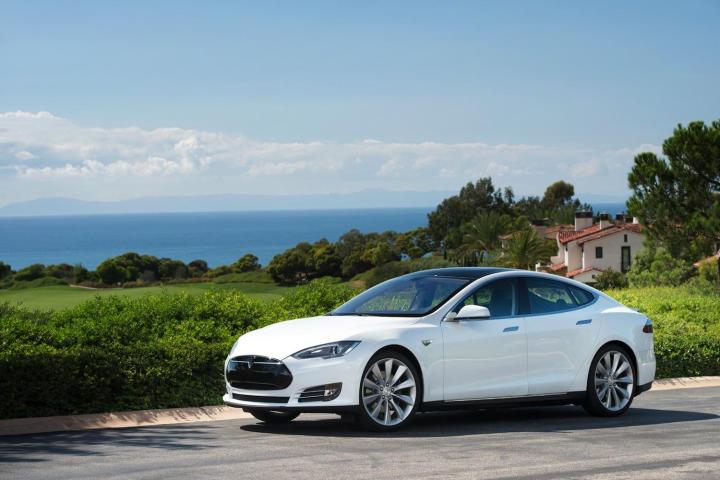
Electric cars are a tough sell these days, but perhaps a little collaboration will make things easier.
BMW and Tesla executives met earlier this week to discuss electric cars, Reuters reports. The meeting was held on Wednesday, but BMW declined to give any further details.
In a conference call, Tesla CEO Elon Musk told Reuters that the two companies discussed how to promote electric cars, and how to make better use of Tesla’s network of “Supercharger” DC fast-charging stations.
Tesla also announced this week that it would share its patents with other companies, theoretically giving rival carmakers the ability to make future models compatible with the Supercharger network.
BMW and most other German and U.S. carmakers signed on with the Combined Charging Standard (CCS, also known as SAE Combo) for DC fast charging, so it’s unclear whether the Bavarian carmaker would use both, or abandon the slow-to-develop CCS network for a full partnership with Tesla.
DC fast charging offers electric-car drivers a quicker charge when they need it. A 2014 BMW i3 can receive an 80-percent in 20 minutes from a CCS station, while a Tesla Model S and its much-larger battery pack can be charged to 50-percent capacity (adding 150 miles of range to the 85-kilowatt-hour model) in the same amount of time.
However, there are relatively few fast-charging stations, and they’re divided among three standards: Supercharger, CCS, and the CHAdeMO standard used by the Nissan Leaf and Mitsubishi i-MiEV. A more comprehensive network would go a long way toward making electric cars convenient enough for more people.
A collaboration with BMW wouldn’t be Tesla’s first with a major automaker, either.
Daimler holds a 4.3-percent stake in the Silicon Valley carmaker, which supplied electric motors and battery packs for the 2014 Mercedes-Benz B-Class Electric Drive. It did the same for the Toyota RAV4 EV.


